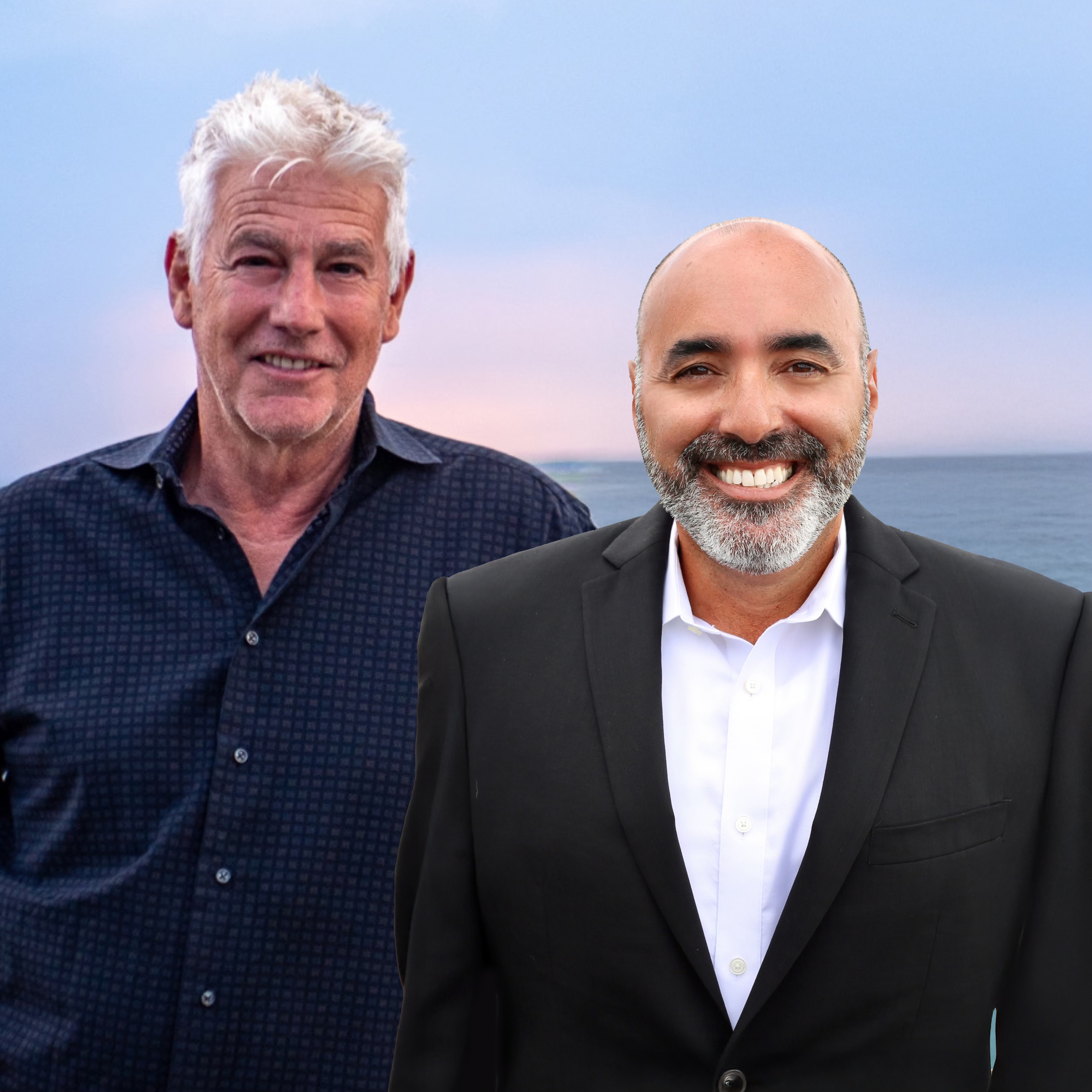
Balancing Coastal Development With Environmental Preservation
Living in Long Beach NY means being at the intersection of vibrant community growth and fragile coastal ecosystems. As a local real estate expert, I've seen firsthand how our rising population and expanding infrastructure challenge environmental stability. But there's a hopeful path forward that blends eco-friendly housing development with the preservation of our unique coastal environment.
In this article, we'll explore how Long Beach can develop sustainably by embracing eco-friendly housing development while protecting our coast’s ecological integrity. We'll look at current insights, local market data, and practical strategies for balancing growth with environmental stewardship.
The Local Market Context
Long Beach boasts a diverse real estate market with a mix of historic homes, modern condos, and waterfront properties. As of 2023, property prices have climbed steadily, fueling demand for new developments. However, rapid growth heightens environmental pressures, including coastal erosion, pollution, and habitat disturbance.
In 2024, Long Beach has approximately 14,000 residents spread across 4 square miles, with ongoing projects aiming to increase housing options without compromising natural resources. The challenge is clear: growth must be sustainable and respectful of our coastal ecosystems.
Why Eco-Friendly Housing Development Matters
Eco-friendly housing development isn’t just a buzzword. It's an essential strategy to safeguard Long Beach’s future. Eco-friendly housing involves construction practices that minimize environmental impact, such as using sustainable materials, implementing energy-efficient designs, and preserving natural landscapes.
Research indicates that integrating eco-friendly principles in coastal areas can reduce carbon footprints, limit habitat disturbances, and enhance resilience to climate change impacts like flooding and erosion. Environmentally conscious development supports the ecological services crucial for coastal stability.
Local Opportunities for Eco-Friendly Development
Long Beach presents several opportunities to pioneer eco-friendly housing:
Utilizing Transit-Oriented Development: Housing near transit hubs reduces reliance on cars, lowering emissions. Opportunities exist around the Metro-North station and Long Beach transit lines.
Restoring Natural Landscapes: Projects like shoreline re-naturalization and dune reinforcement can prevent erosion while providing scenic green buffers.
Green Building Resources: The city's guidelines and incentives for sustainable construction facilitate eco-friendly projects.
Marine and Coastal Resource Management: Protecting fisheries, wetlands, and mangroves ensures ecological resilience. Incorporating green infrastructure and stormwater management preserves these vital resources.
Challenges to Eco-Friendly Housing Development
Despite the opportunities, challenges remain:
Land Scarcity: Limited available land complicates sustainable expansion without encroaching on ecosystems.
Cost Considerations: Eco-friendly materials and systems may be costlier upfront, though they save money long-term.
Policy and Regulation: Ensuring strict enforcement of environmental standards is crucial. Current policies like the 2005 Coastal Zone Policy set a foundation, but updates are needed for emerging challenges.
Community Engagement: Local communities need to be involved to balance development goals with conservation. Education about eco-friendly benefits fosters support.
Actionable Strategies for Sustainable Growth
To effectively balance development and preservation in Long Beach, consider these strategies:
Adopt Ecosystem-Based Management: Incorporate natural buffers like wetlands and dunes into urban planning. These act as natural flood defenses and habitat corridors.
Promote Green Building Certifications: Incentivize LEED or WELL-certified construction to ensure sustainable practices and healthier living environments.
Implement Community-Based Land Use Planning: Collaborate with residents, environmental groups, and policymakers to designate protected zones, green belts, and eco-development corridors.
Utilize Marine Spatial Planning (MSP): Coordinate land and water use to minimize conflicts and protect marine biodiversity.
Enhance Infrastructure Resilience: Invest in permeable pavements, green roofs, and stormwater harvesting systems to reduce vulnerability to climate impacts.
Conserve and Restore Natural Habitats: Support mangrove restoration projects and limit destructive activities like unregulated development, illegal fishing, and pollution discharge.
Legislate and Enforce Environmental Regulations: Strengthen policies that facilitate eco-friendly development and penalize violations.
The Road Ahead: Collaborating for a Sustainable Long Beach
The future of Long Beach’s coast depends on integrating scientific insights, community participation, and strong policy frameworks. The city has the opportunity to be a model for coastal resilience through eco-friendly housing development that respects ecological limits.
As a local realtor, I advocate for developments that align with environmental preservation, ensuring long-term value for residents and the community at large.
Contact Tom Tripodi Gil Shemtov
Realtor | Long Beach NY
Phone: 516-763-6131
Email: [email protected]
Website: https://tripodishemtovteam.com
